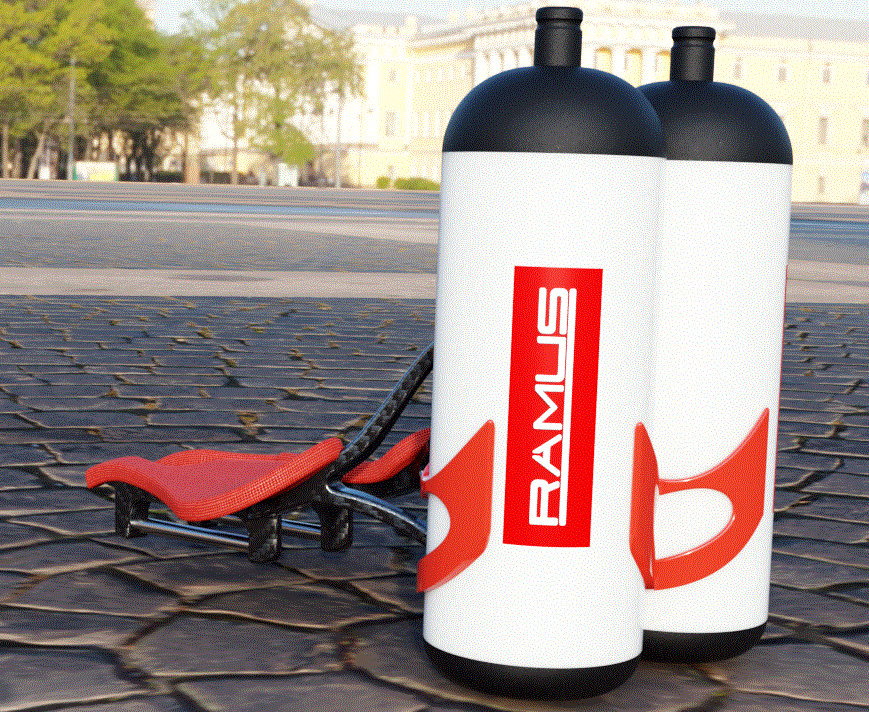For a custom-made / hand-made saddle, I would say that is very impressive for a 1st or 2nd effort.
Can you say more about how you designed it, and then how you made it ?
Thanks for your comments,
It has taken about a year for me to reach this point as I have been doing this on holidays.
I made the designed in 3D by computer and then I printed molds. Then the rest was made by hand.
Here is a picture of the tools I used.
Looks pretty good, this is why I wish I had a 3D printer and a 3D scanner, I wanna make my own shoes, and was thinking if I could create a two piece mold for the outside and use a bladder on the inside, I could reproduce a lot easier then having to make a new mold everytime since you need to destroy the plaster mold to get it out of the new shoe…unless there is another way besides making the show in two pieces or a big opening on the top part.
How many layers of carbon fiber did you use?
As far as bringing this to market, there are a couple of companies that make custom saddles (and use a similar process as is used for custom shoes). They are right at the $285 mark for a basic saddle (upgrade for carbon rails or type of shell). They also allow you to design your own saddle based on your measurements. If you could do it for that price or less you would have a decent market but at that price point I think you would be hard pressed to make a lot of money. Sending the package too and from, time spent uploading measurements, software for adjustability of saddle design, carbon fiber/ padding and top covering. They also offer a 2 year warranty. Not saying it cant be done but it might be very tough to compete
Hi,
Interesting idea to make your own shoes. So you would like them to be carbon fiber also from the top, not just the bottom right?
If the whole shoe would be CF I guess you would need a really really perfect fit to avoid any blisters. That bladder sounds good. I have seen that they use bladders a lot in bike frame manufacturing. But perhaps you could also print the inner part of the mold but you would just make it from multiple parts. For example three parallel parts where you can take the center part out first and release space that way to be able to take also the peripheral parts out.
I quite much agree on your comments what it comes to commercialization. I have my daily job so at the moment I cannot be a full time saddle maker and as you said it would still be quite a challenge to make it profitable. What I have been thinking lately is that if I could get a fair amount of interest towards my saddle I could perhaps think a bit more professional and cost effective ways of manufacturing the saddle. This would mean decent metallic molds and industrial protocols to cure the carbon fiber. I definetly don’t want to risk my health by starting to play with toxic resins on a daily basis in unprofessional circumstances. But if one day I am in a situation that I would have a hundred pre orders waiting for the saddle to be manufactured, maybe at that point I could establish a professional manufacturing protocol which I could use to make these saddles couple of hundreds more with reasonable costs and within a reasonable timeframe.
For my current saddle I used around 12-14 layers of carbon fiber. One layer was around 0,33mm and I was aiming for 4mm total thickness. Around the titanium rails the thickness is much more just to be sure it can hold the rider’s weight.
-diyman
Did you only use weave or did you also go with UD?
I used weave but in narrower parts of the mold especially around the rails it basically became unidirectional automatically because I had to cut so narrow sheets of the roll so the crossing fibers were more or less removed at the same time and only the long unidirectional fibers were left.
